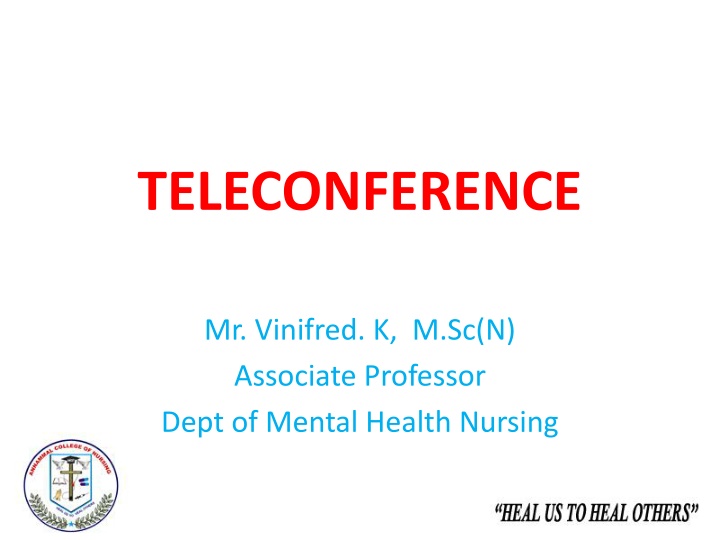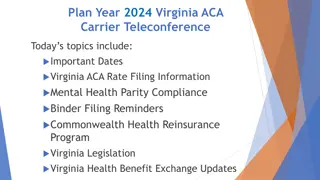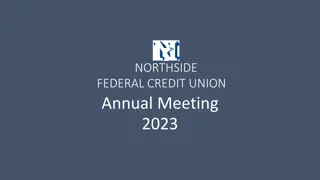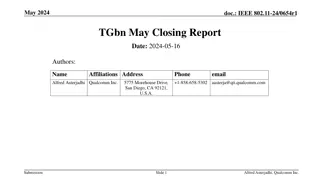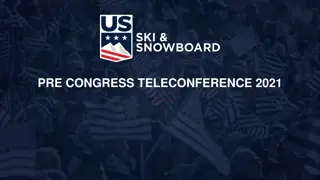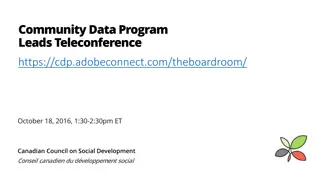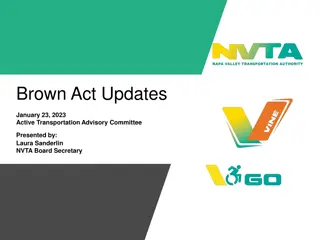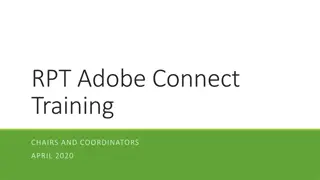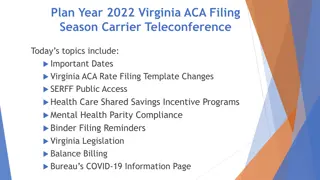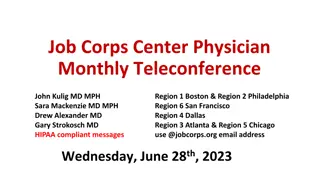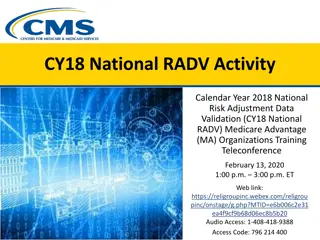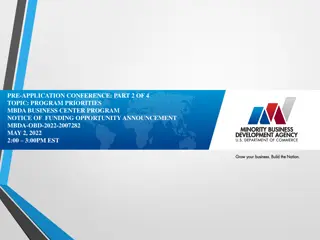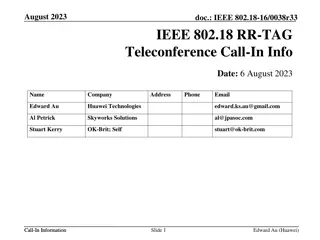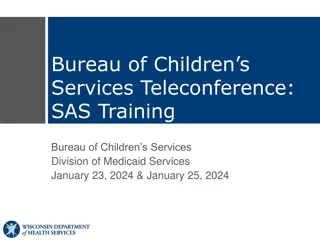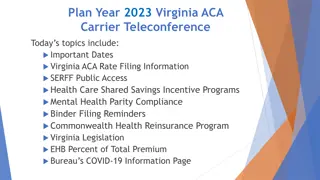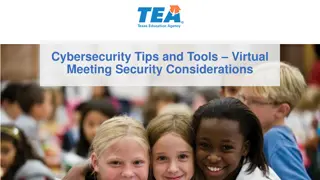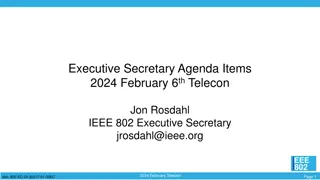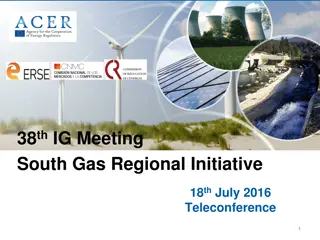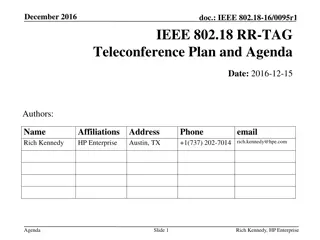TELECONFERENCE
Teleconferencing allows electronic communication between individuals at different locations. This method enhances educational opportunities, budget allocation, and meeting flexibility. Explore various types of teleconferencing such as audio conferencing, video conferencing, and web-based conferencing. Learn about dedicated conference networks and dial-up networks to facilitate seamless communication.
Download Presentation

Please find below an Image/Link to download the presentation.
The content on the website is provided AS IS for your information and personal use only. It may not be sold, licensed, or shared on other websites without obtaining consent from the author.If you encounter any issues during the download, it is possible that the publisher has removed the file from their server.
You are allowed to download the files provided on this website for personal or commercial use, subject to the condition that they are used lawfully. All files are the property of their respective owners.
The content on the website is provided AS IS for your information and personal use only. It may not be sold, licensed, or shared on other websites without obtaining consent from the author.
E N D
Presentation Transcript
TELECONFERENCE Mr. Vinifred. K, M.Sc(N) Associate Professor Dept of Mental Health Nursing
INTRODUCTION College discovered them to extend the budget dollar, extend educational opportunities to distant locations, accommodate a variety of classes, from college credit courses to continuing education and public service programs; and provide a flexible format for meetings. and that university teleconferencing users have enables Mr.vinifred.K. Associate Professor ACON 2
Definition Teleconferencing is electronic communication between two or more people at a distance. Teleconferencing electronic communication among people located at two or more different places. refers to interactive Mr.vinifred.K. Associate Professor ACON 3
Definition Teleconference is the live exchange and mass articulation of information among persons and machines remote from one another but linked by telecommunications system, usually over the phone line. Mr.vinifred.K. Associate Professor ACON 4
Types Audio conferencing Audio graphic conferencing Video conferencing Web-based conferencing Mr.vinifred.K. Associate Professor ACON 5
Audio conferencing: Audio conferencing involves the live exchange of voice messages over a telephone net work. To make audio conferencing more comfortable speaker phones are available to permit callers physical flexibility. These work satisfactory for up to eight or ten participants. More sophisticated speakers are available for larger groups. Mr.vinifred.K. Associate Professor ACON 6
Audio teleconferencing options Dedicated conference networks Dial-up networks Meet-me conferencing Direct-dial conferencing system Mr.vinifred.K. Associate Professor ACON 7
Dedicated Conference Networks: A dedicated conference network permanently wires preselected locations together. To conference, callers need only to pick up the phone at each location. These system can be very large. Example the University of Wisconsin uses a network of more than 200 locations throughout the state information and teach classes. to disseminate Mr.vinifred.K. Associate Professor ACON 8
Dial-up Net works: Dial-up networks use the public switched telephone network. In the telecom operator assisted mode, the operator calls and connects all participants. This system works well for a few locations, but difficulties occur when numbers increase. Mr.vinifred.K. Associate Professor ACON 9
Meet Me conferencing MeetMe conferencing, in which each participant calls the conferencing center from any convenient location. If everyone is prompt, a large number of locations can be conferences in five minutes or less. The sound quality is superior to that of tele-co conferencing and is generally unaffected by numbers of participants. interconnected for Mr.vinifred.K. Associate Professor ACON 10
Direct Dial Conferencing system: Direct dial conferencing system is an innovation that makes it possible for one caller to set up a telephone conference with up to six additional participants by using a touch tone phone. Mr.vinifred.K. Associate Professor ACON 11
AUDIOGRAPHIC TELECONFERENCING: Audiographics refers to the transmission of print and graphic information over telephone lines to complement voice communication with visuals. It includes a variety of devices; electronic pens, blackboards, and tablets as well as computer systems, slow scan television microfiche, telewriters machines. and facsimile Mr.vinifred.K. Associate Professor ACON 12
AUDIOGRAPHIC TELECONFERENCING: Although not widely used, a potentially useful educational device blackboard. The blackboard converts writing to audible tones which are transmitted over telephone lines, received at one or more locations and displayed upon a television screen. is the electronic Mr.vinifred.K. Associate Professor ACON 13
VIDEO TELECONFERENCING Video conferencing combines the audio and visual media to provide interactive voice communications and television pictures. The images include anything that can be captured by a television camera. A number of options exist, include, freeze- frame television, compressed video systems, and full motion video system. Mr.vinifred.K. Associate Professor ACON 14
Freeze Frame Television Freeze frame, or slow scan television uses the narrowband telephone system to transmit data, voice and still video images. Transmission time may vary from a few seconds to more than a minute. Mr.vinifred.K. Associate Professor ACON 15
Compressed video system A compressed video system also uses a telephone data circuit. It compresses the video signal to eliminate redundant electronic information with a picture processor or codec. The video picture appears instantly but there may be some blurring of fast movements. Mr.vinifred.K. Associate Professor ACON 16
Full Motion Video System: A full motion video system uses wideband channels to send video, voice and data. Because of the large channel capacity, it transmits a full video picture with continuous motion instantly, using cable, microwave or satellites. Mr.vinifred.K. Associate Professor ACON 17
Computer conferencing: Computer conferencing permits two or more people to communicate with each other via computer terminals in a non-real time mode. It is like electronicmail because the user can put a message in to the computer and have it retrieved and answered later. But conferencing technology goes further, specific software programs have been developed that permit members of a conference to interact with each other and to access a wide variety of stored information relevant to their objectives. Mr.vinifred.K. Associate Professor ACON 18
Computer conferencing: Computer conferencing adapts to course teaching, student counseling and informed information exchange. The university of Michigan is the educational leader in this field. Mr.vinifred.K. Associate Professor ACON 19
USES OF TELECONFERENCE It can reach large or sparsely populated areas. It provides broader access to public meetings. A wider group of participants means a broader range of ideas and point of view. Teleconferencing saves an agency time and travel costs. It saves people money. It saves time. It is useful when there is an issue in state or region wide. It helps to increase the number of participants. It is useful for training. It is used for networking among transportation professionals on public involvement and other topics. Mr.vinifred.K. Associate Professor ACON 20
DRAWBACKS OF TELECONFERENCE: Teleconferences are somewhat formal events. A large number of people is difficult to manage in a single conference. Costs can be high. It takes time to organize. Staffing needs can be significant. Community people are alienated if a meeting is poorly implemented. It reduces opportunities for face-to-face contact the goals must be clear and manageable. Mr.vinifred.K. Associate Professor ACON 21
ORGINISING TELECONFERENCE: One person should be incharge of selting up a teleconference. The individual makes preparatory cells to each participant, establishes a specific time for the teleconference and makes the cells to assemble the group. The same person should be incharge of setting an agenda based on issue brought up by individual participants. Equipment for telephone conference is minimal speaker phones allow several people to use one phone to listen to and speak with others, but they are not required. Individuals can be contacted on their extensions and participate fully in conversations. Mr.vinifred.K. Associate Professor ACON 22
PARTICIPANTS FOR TELECONFERENCE: Any one can participate: Teleconferencing broadens participation with its code geographical coverage. People living in remote areas can join in conversations. Participation becomes available even for the mobility restricted, those without easy access to transportation, the disadvantaged and elderly. Mr.vinifred.K. Associate Professor ACON 23
Participants gather at tow or more locations: Communicate via phone or video. The event requires planning, so that participants are present at the appointed time at their divergent locations. Mr.vinifred.K. Associate Professor ACON 24
Participant should know what to expect during the session: A well-published agenda in required. It is helpful to brief participants so they understand the basic process and maximize the use of time for their participation. For (ex) basic concerns like speaking clearly or waiting to speak in turn are both elements of a successful teleconference based meeting. Mr.vinifred.K. Associate Professor ACON 25
LEADING A TELECONFERENCE Community people can lead the conversation: The moderator need not be an agency staff person. If the teleconference is taking place at the request of community people, it is appropriate that a community people, it is appropriate that a community resident lead the session. Agency staff should feel free to ask questions of community people to obtain a complete understanding of their point of view. Mr.vinifred.K. Associate Professor ACON 26
Person-in-charge A person-in-charge is necessary to prevent the conversation from becoming chaotic. A teleconferencing facility coordinator can train agency staff or community people to lead the process. Mr.vinifred.K. Associate Professor ACON 27
A trained facilitator, moderator or group leader A moderator needs to orchestrate the orderly flow of conversation by identifying the sequence of speakers. A staff person can be trained to open and lead the teleconference. Mr.vinifred.K. Associate Professor ACON 28
COST FOR TELECONFERENCE Teleconference cost vary depending on the application. For modest teleconferencing efforts, equipment and facilities are the principal costs. It is possible to share teleconferencing cost among organization. Mr.vinifred.K. Associate Professor ACON 29
EFFECTIVE WAYS FOR USING TELECONFERENCE: Teleconference is effective when participants have difficulty attending a meeting. Teleconference is effective when it focuses on specific action items. Teleconference helps give all participants an equal footing. Mr.vinifred.K. Associate Professor ACON 30
CONCLUSION Teleconference is used in both formal and non formal learning contests to facilitate teacher-learner and discussions as well as to access expects and other resource persons remotely. learner-learner Mr.vinifred.K. Associate Professor ACON 31
